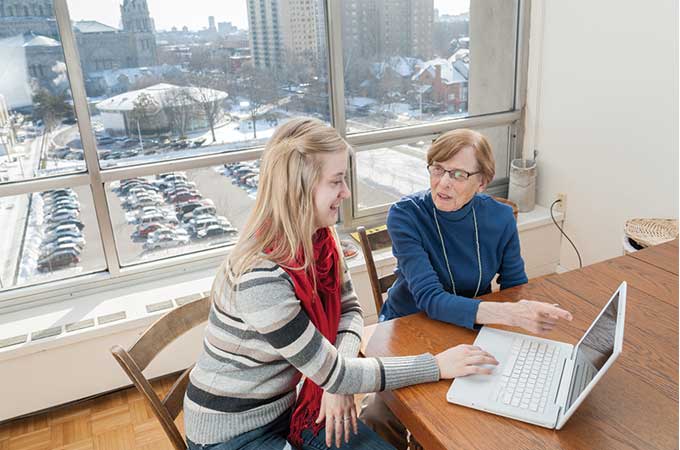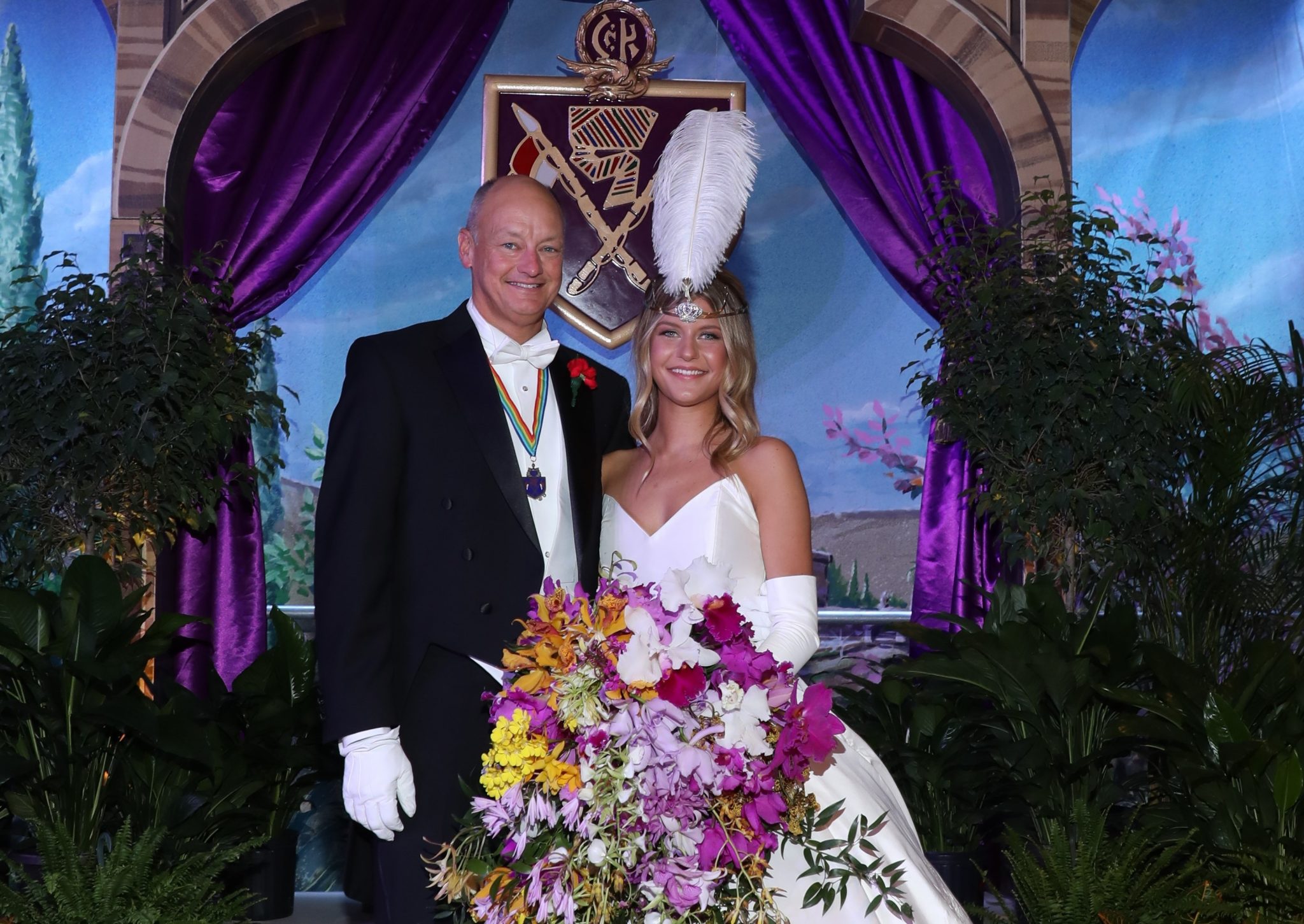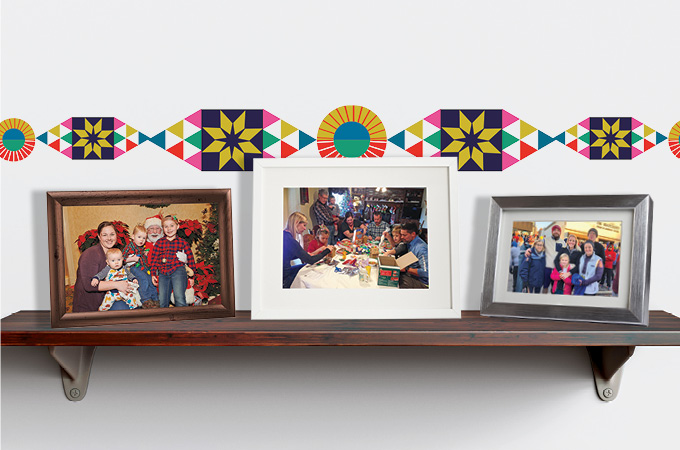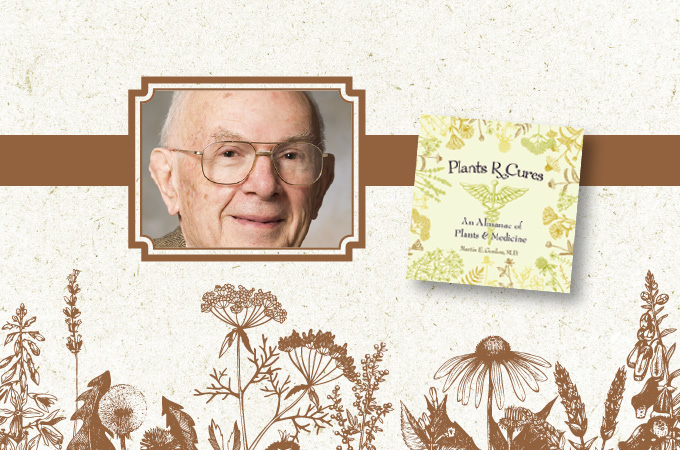Studies have shown that isolation, a serious problem among seniors, is as detrimental to health as smoking cigarettes. That’s why it is so important to address—and why a group of women in Boston took matters into their own hands. They created a grassroots organization to help seniors like themselves, age 50 and older, remain independent by providing support services and social opportunities. Their concept has transformed into a nationwide movement, now operating under the umbrella of The Village to Village Network, with more than 200 villages either in operation or in development across the country. St. Louis welcomed its first, STL Village, in June.
Each ‘village’ is initiated by local residents, and Gloria Gordon is considered the matriarch of STL Village, according to its executive director, Madeline Franklin. “Gloria had been looking at various models throughout the country that helped seniors live independently when she found the village movement,” Franklin says. “She brought the idea to some friends, who primarily reside in the Central West End neighborhood, and an exploratory committee was formed.” Surveys were conducted to determine the level of interest among seniors in the area before the grand launch April 12. “We had 20 people sign up on day one, and now we have 54 members,” Franklin says.
The nonprofit’s concept is three-pronged, she explains. First, operations are volunteer-based. “Volunteers, who are often members themselves, are vetted to provide services that can include transportation to doctor or hair appointments, help with small household chores or just provide companionship,” Franklin says. Second, for those services that require more professional help—like ongoing home healthcare—the village compiles a list of preferred service providers that have been vetted and checked for references. “We also try to negotiate discounts for our members,” she says.
The final aspect is the most social component: activities. “Many members have lost their spouse or good friends, their children have moved away. They don’t have the social structure they had when they were younger,” Franklin explains. “Isolation results in increased depression and can even lead to suicide.” The activities committee organizes opportunities for members to interact, like ice cream socials, Cardinals games and docent led tours of the art museum. “Relationships are developing among our members,” Franklin says. “We’re all about building community, and that requires people interacting. We have members who live on the same street and had never met now becoming friends.”
Each village creates boundaries, called a ‘footprint,’ to better serve members within its established area. “The footprint of STL Village includes portions of St. Louis county and city,” Franklin explains. “We wanted to have a diverse and inclusive village.” Another local village is currently in development and will incorporate areas a little further west, she says.
To cover a portion of operating expenses, membership fees are $50 a month for individuals and $70 a month for a household, which Franklin says is far less than assisted living costs would be. And in order to include lower-income individuals, subsidized memberships are available for $10 a month. To raise funds for the remaining expenses, the village solicits individuals, corporations and foundations interested in supporting seniors. It also hosts fundraisers like its USO Canteen Party Nov. 8 at the Mahler Ballroom. Tickets are $25, and a 17-piece swing band will perform as part of the festivities.
“We have a lot of people say, ‘I love the idea, but I’m not quite ready,’” Franklin says. “But we try to encourage them to join now because we think interaction across generations is very healthy.” And, she notes, when the time comes for younger members to need more assistance, their relationships already will be established.








